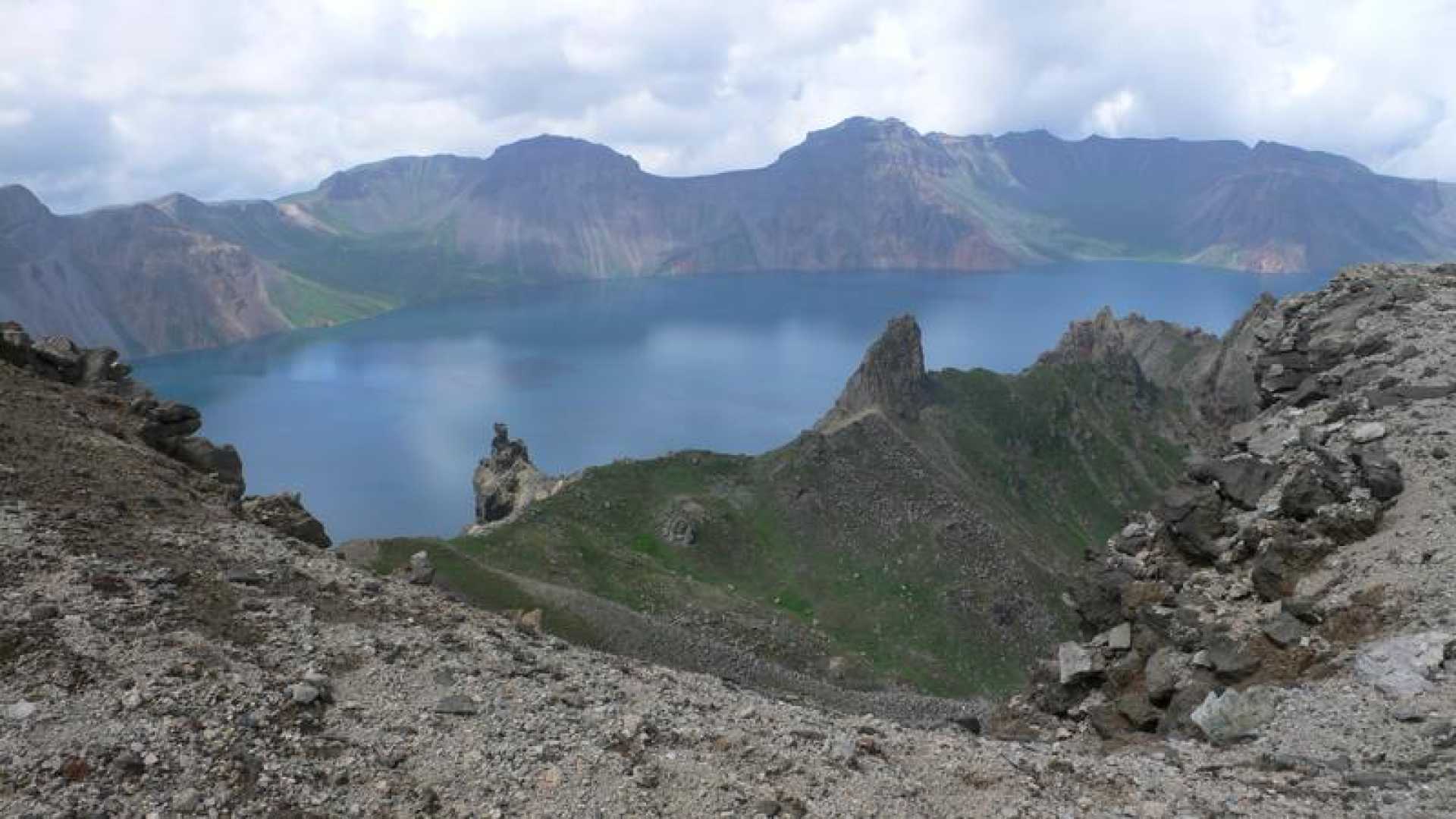World
American Tourist Reenters North Korea After Five-Year Isolation

PYONGYANG, North Korea — Justin Martell has made history as the first American to enter North Korea since the Covid-19 pandemic began over five years ago. Martell and a small delegation of tour operators visited the country last week, amidst a backdrop of strict health measures including mask-wearing and temperature checks that remain in place.
“There seems to be a rumor that Covid-19 got into the country via a balloon sent from South Korea,” said Martell, a Connecticut-born filmmaker and founder of Pioneer Media. His visit marks a significant milestone for tourism in North Korea, which had been largely shut off from the world since January 2020.
After spending five days assessing potential tour routes, Martell and his group crossed the icy Tumen River Bridge back into China on Monday. They are preparing to lead small groups of tourists into Rason, a remote area of North Korea near the borders of China and Russia starting Thursday. Travelers from countries including Germany, France, and the United Kingdom have already secured their spots.
Rowan Beard, an Australian tour leader, has guided trips to North Korea for over a decade and described this reopening as a “hard reboot” after extreme isolation. “I’m over the moon that the first group’s going this week,” Beard added, while also expressing the challenging path ahead for the tourism industry.
Key attractions, such as local markets, remain off-limits as authorities continue to manage fears of virus transmission. Beard noted optimism among local entities as discussions are underway to restore access to popular tourist experiences and rebuild trust over time.
The introduction of new local experiences is also a possibility. During their visit, tour operators explored the integration of North Korea’s revitalized film industry with potential cinema outings featuring recently released films.
Despite the easing of travel restrictions, North Korea’s capital, Pyongyang, is still unavailable for Western tourists, even as it has allowed visits from Russian tourists. Americans had been subject to a travel ban since September 2017, following the tragic case of Otto Warmbier, a student who succumbed to injuries sustained during his detention in the country.
During a previous visit in 2017, Martell was crossing the Sinuiju-Dandong border when the ban was implemented. “I was the last American tourist on a U.S. passport to leave the DPRK,” he recalled.
Undeterred by the travel ban, Martell pursued dual citizenship with Saint Kitts and Nevis, which allowed him to return to North Korea legally. “It was about a year of paperwork,” he said, acknowledging the heightened interest in citizenship programs following the outbreak of the Ukraine conflict.
While discussions about current global events like the war in Ukraine were approached with caution by guides, Martell noted they were nonetheless informed about international affairs, suggesting a level of awareness that contradicts North Korea’s constructed isolation.
Martell also experienced a relaxed atmosphere regarding photography regulations, which had previously been strictly enforced in North Korea. However, he still felt scrutiny as an American, even traveling under a foreign passport.
Interactions with local citizens left a strong impression on the group. At one point, Martell was engaged by schoolchildren curious about life in the U.S., which highlighted a universal desire for connection beyond political ideologies. “The kids didn’t care about politics,” Martell recalled. “They wanted to know about music, sports — what life was like in the U.S.”












